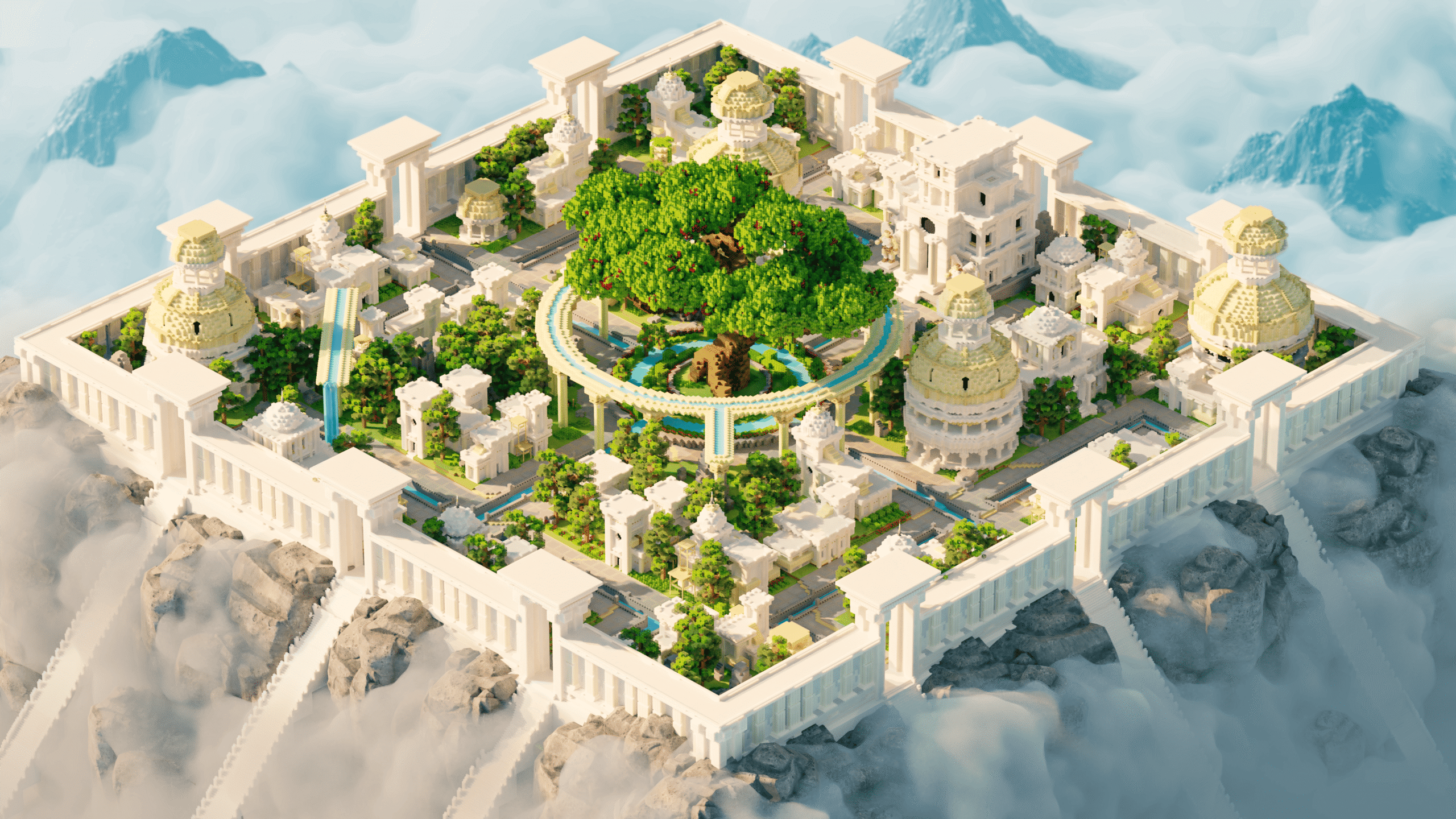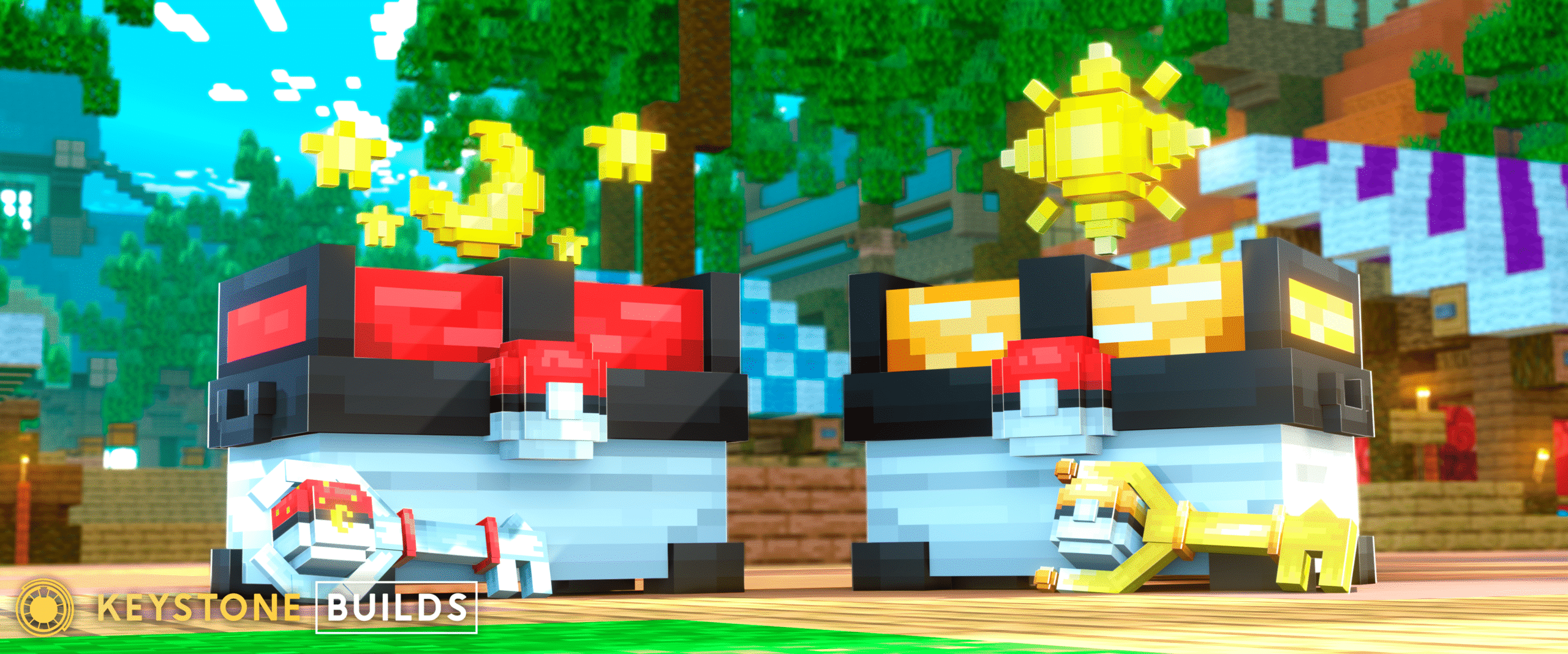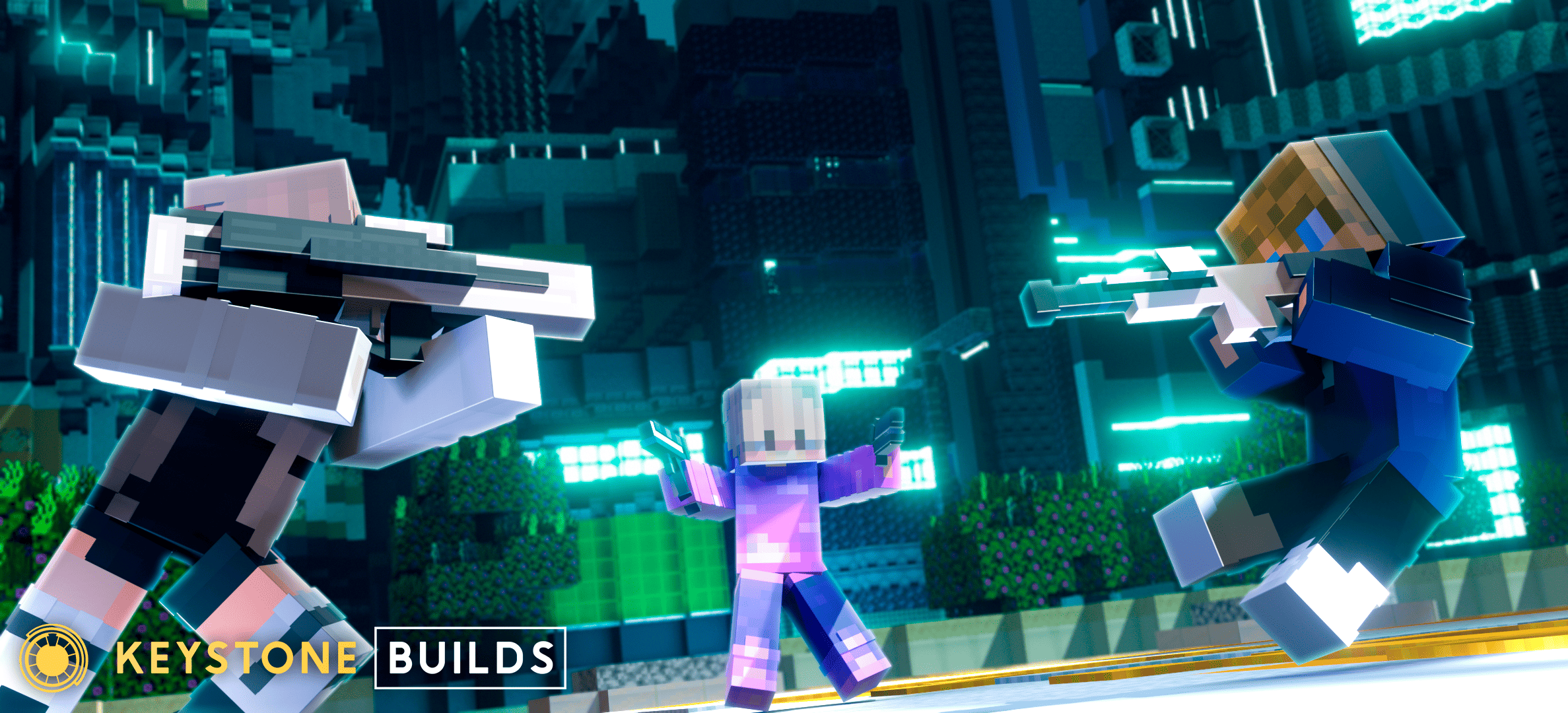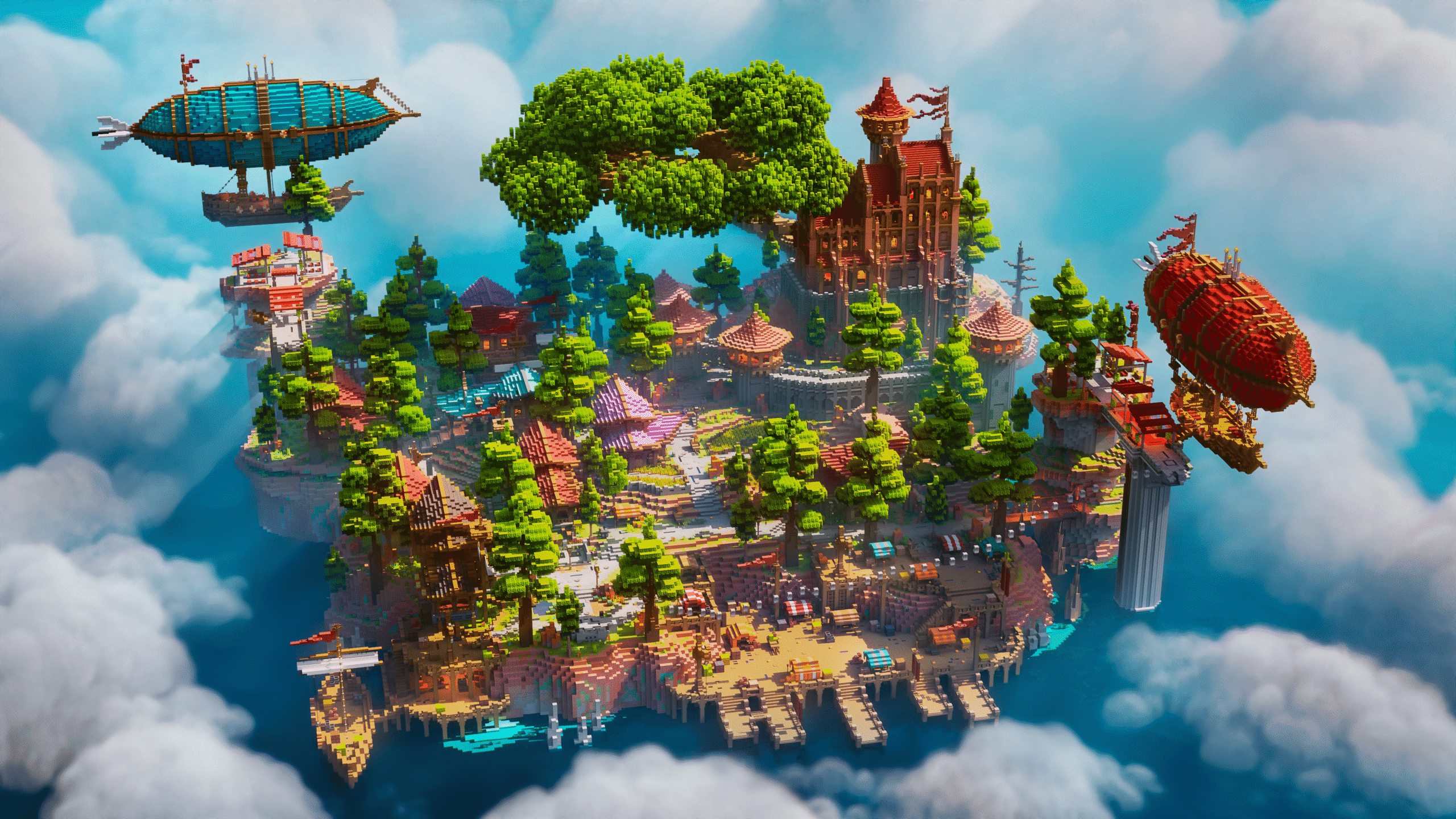Launching a Minecraft project—whether it’s a public server, minigame map, RPG adventure, or survival hub—requires more than a great idea. You need structure, polish, and technical excellence. For that, you often need a Minecraft build team.
Hiring a build team can save time, raise the quality of your work, and bring your creative vision to life. But with hundreds of teams, freelancers, and studios offering their services, how do you choose the right one?
This guide covers everything you should look for in a Minecraft build team: technical skill, creative style, communication habits, project management, and more. Whether you’re creating a small spawn or a large-scale server network, this checklist will help you make the right hiring decision.
Why Hire a Minecraft Build Team?
A dedicated team can handle what solo builders often can’t: complex worlds, time-sensitive projects, or builds that require multiple specialties. Consider hiring a build team if you need:
- Large, detailed maps (1000×1000 blocks or more)
- Custom terrain, biomes, or hand-sculpted landscapes
- Hubs, spawns, or war zones for public servers
- Adventure maps or storyline-driven content
- Minigame arenas with symmetry and game balance
- A faster delivery time for a major release or update
1. Proven Skill and Portfolio Quality
Start by reviewing the team’s past work. You want more than screenshots with shaders—you want builds that show consistency, function, and detail.
Look for:
- Visual quality: Are their builds detailed, immersive, and well-structured?
- Project scale: Have they worked on maps similar in size to what you need?
- Theme consistency: Do their builds align with your server theme or gameplay type?
- Functionality: Are areas like spawn points, portals, or PvP zones clearly built for use, not just aesthetics?
- Portfolio variety: Can they handle multiple build styles (e.g., medieval, sci-fi, organic)?
Red flags to watch for:
- Portfolios filled with render-only images (no in-game shots)
- Incomplete builds or overly repetitive layouts
- Lack of references or links to completed server projects
2. Style Compatibility
Even if a team is technically talented, their artistic style needs to align with your server’s theme and tone. A PvP arena with ultra-realistic structures won’t match a cartoon-style server, and vice versa.
Common Minecraft build styles include:
- Medieval/fantasy: Castles, villages, ruins, dragons, and magical environments
- Futuristic/sci-fi: Labs, spacecraft, neon cities, and advanced tech themes
- Modern/urban: Skyscrapers, roads, realistic architecture, parks
- Organic/landscape: Custom terrain, floating islands, forests, and caves
- RPG/adventure: Lore-heavy zones, temples, dungeons, and NPC towns
Questions to ask:
- Can you show past builds in the same style we’re aiming for?
- Are you comfortable adapting to a different aesthetic?
- Can you blend multiple styles for a hybrid world or cross-theme project?
3. Team Structure and Roles
A reliable Minecraft build team typically isn’t just a group of builders—it’s an organized unit with specialized roles, each contributing to different parts of the project.
A strong team might include:
- Project Manager or Lead Builder: Oversees progress, maintains communication, and ensures delivery
- Terraformer: Handles world shaping, terrain sculpting, and biome design
- Architectural Builder: Designs structures, interiors, and layout
- Detail Artist: Adds depth, furniture, lighting, and fine-tuning
- Redstone/Command Specialist: (Optional) Adds technical features or game mechanics
Why this matters:
- Structured teams reduce errors, avoid overlap, and deliver faster
- Specialized skills lead to higher-quality results in each area
- Teams with defined roles are usually more professional and reliable
4. Communication and Responsiveness
Many Minecraft build projects fail not because of skill—but because of poor communication. You need a team that updates you regularly, asks the right questions, and responds in a timely manner.
Strong communication includes:
- Regular check-ins via Discord, email, or project boards (Trello, Notion)
- Clear responses to questions or change requests
- Realistic estimates on delivery times and revisions
- Transparency about progress or issues
Before hiring, ask:
- How often will you provide updates?
- What platforms do you use to share progress?
- How quickly do you respond to messages?
- Do you provide work-in-progress screenshots or milestone reviews?
Avoid teams that:
- Disappear mid-project
- Are vague about communication habits
- Won’t let you see work until it’s finished
5. Functionality and Gameplay Understanding
Minecraft builds aren’t just art—they’re interactive spaces for players. A great-looking spawn that lacks paths, portals, or gameplay flow will frustrate your users.
Your build team should understand:
- Player movement and navigation (e.g., pathing, signage, portals)
- Gameplay goals for the map (PvP, survival, minigames, etc.)
- Server logistics (spawn protection, crate zones, command blocks)
- Technical integration with plugins or mechanics
For example:
- In a PvP map, is cover spaced evenly?
- In a hub, are teleport areas symmetrical and accessible?
- For RPG maps, are routes intuitive, and do buildings support quest flow?
Teams that build with gameplay in mind offer more value than those focused only on aesthetics.
6. Deadlines and Timelines
No matter how talented a team is, your build won’t help you if it’s late—especially if you’re launching a server or event with a public deadline.
Ask the team about:
- Estimated delivery time for your project size
- Hours they can dedicate per week
- How they manage delays or revisions
- What’s delivered at each milestone (e.g., terrain, structures, detailing)
Look for teams that:
- Provide a written or verbal schedule
- Communicate quickly if they encounter delays
- Allow you to track progress over time
Avoid:
- Vague timelines (“we’ll get to it soon”)
- No mention of delivery stages or deadlines
- Excuses without proactive updates
7. Budget and Pricing Structure
Pricing varies based on team size, region, and experience. Some charge by the hour, some by the build area (in blocks or chunks), and others offer fixed-price packages.
When evaluating cost, consider:
- Project complexity and level of detail
- Custom vs. pre-built structures
- Speed of delivery (rush fees may apply)
- Number of revisions or post-build support
A professional quote should include:
- Total estimated price or hourly rate
- What’s included (terrain, builds, redstone, etc.)
- Payment schedule (deposit, milestone, final)
- Delivery format (schematic, world save, server install)
Be cautious of:
- Very low-cost teams promising “premium” results
- Demands for full payment upfront
- No formal quote or pricing discussion
Always align the team’s cost with their portfolio and reliability—not just the price tag.
8. Revision Policy and Support
It’s rare to get everything perfect on the first try. A professional team should allow for feedback and revisions during and after the build.
Ask about:
- How many revisions are included in the contract
- How they prefer to receive feedback (written notes, screenshots, voice)
- Whether they fix bugs or issues post-delivery
- Additional charges for major scope changes
Look for:
- Flexibility in refining details or fixing errors
- Willingness to collaborate during polishing
- Clear change request process
Avoid:
- Teams that refuse revisions
- No mention of feedback steps in the agreement
9. Reputation and Professionalism
A build team’s track record says a lot. You want builders who have worked with other clients and delivered consistently.
How to check credibility:
- Look for reviews or testimonials from past clients
- Ask for references or case studies
- Check their social media, marketplace, or server listing activity
- Verify whether they deliver in your required format (schematic, world, or direct install)
Professional teams often provide:
- Contracts or service terms
- Payment receipts and delivery notes
- Clear boundaries on usage, exclusivity, or resale rights
- Ongoing support for server owners
A reputable team doesn’t just complete your project—they help your entire server succeed.
Conclusion
Hiring a Minecraft build team is one of the most impactful decisions you can make when launching or expanding a server. A great team brings efficiency, quality, and experience to your vision—but only if you choose the right one.
Here’s what to prioritize:
- A strong portfolio with builds similar to your needs
- Style that aligns with your theme
- Clear communication and active updates
- Understanding of gameplay and technical requirements
- Realistic deadlines and delivery schedules
- Fair pricing with defined expectations
- Willingness to revise and refine based on feedback
- Positive reputation and professionalism
When you choose carefully, a Minecraft build team becomes more than a vendor—they become a creative partner. Take your time, ask questions, and don’t be afraid to invest in a team that will help build something your players will remember.










